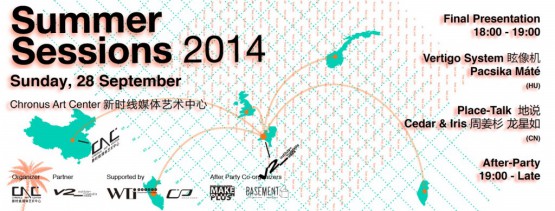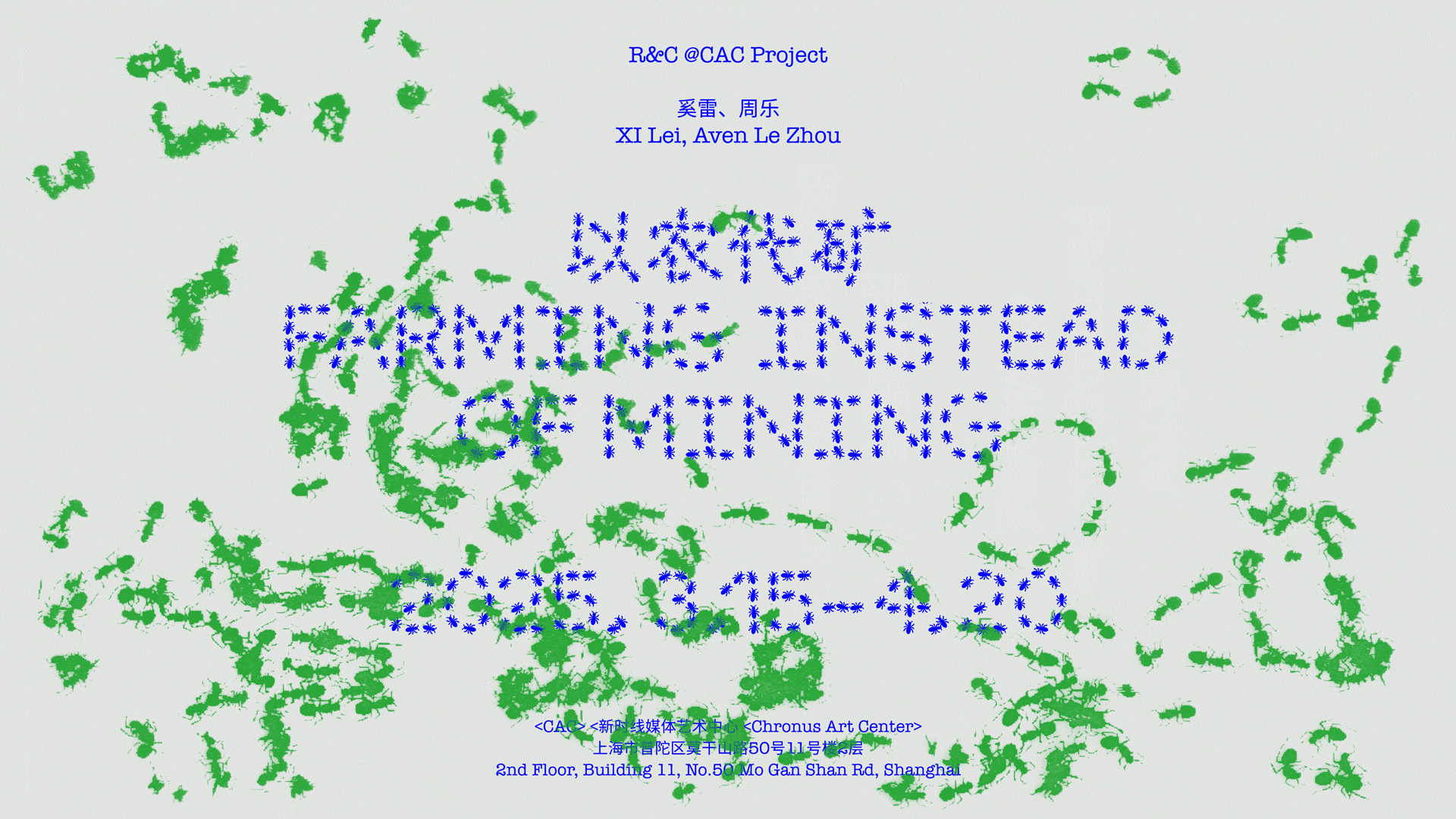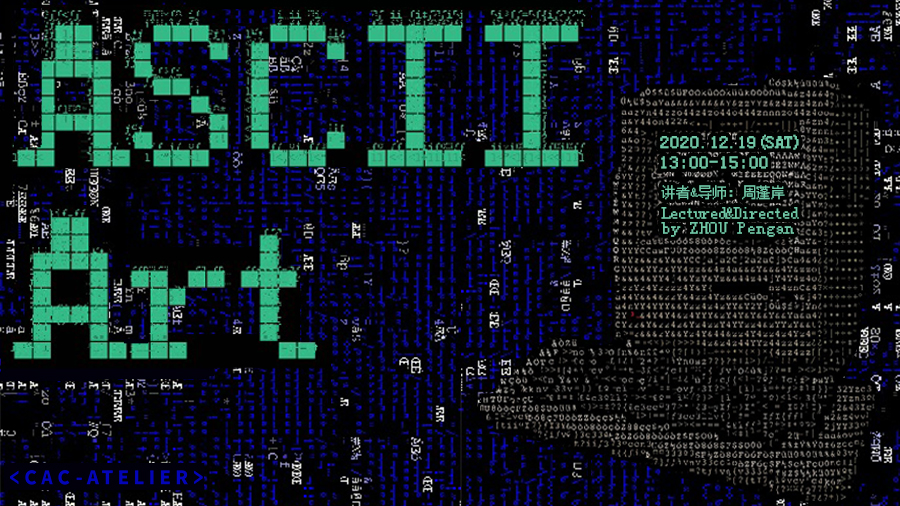Guest: Máté Pacsika, Iris, Cedar
Date: 2014-09-28 18:00 ~ 2014-09-28 24:00
Address: Chronus Art Center (Room101, Bldg18, NO.50 Moganshan Rd, Shanghai)
Final Presentation | 18:00 - 19:00
After-Party | 19:00 - Late
Initiated by V2_ Institute for the Unstable Media in 2009, The Summer Sessions are short-term residencies for young artists organized by a network of cultural organizations all over the world, which offers the residence artists a highly productive atmosphere in 8 weeks, with production support and expert feedback to their art practice, from concept to presentable work, ready to show.
Chronus Art Center (CAC) joined this international network since 2013. For 2014, selected and recommended by CAC, a Beijing based artist-duo I&C (Iris and Cedar) has spent their summer at V2_Lab. Meanwhile, Máté Pacsika, a young new media artist from Hungary has been enjoy his summer with CAC in Shanghai. This coming Sunday, September 28 in the afternoon, the outcome of their residency will be presented in our gallery space, and the projects will be demonstrated live, the audience will be invited to ‘test’ the artworks hands-on.
The Final Presentation and the After-Party have also been supported by Sophia Lin with BASEMENT 6 and Maker+.
Vertigo System by Máté Pacsika
Vertigo System is based on the automatization of a cinematographic technique called Dolly Zoom. Also known as Vertigo Effect named after Hitchcocks movie from 1958. Vertigo effect is an in-camera effect based on a really simple optical game. It’s a highly unsettling effect with strong emotional impact, often used to emphasize dramatic events in the storyline. By experiencing it in an automatic real time process you can suddenly find yourself in a frightfully different reality.
Máté Pacsika was born in 1987 in Budapest and grew up in Hungary, The Netherlands and France surrounded by a contemporary art ambiance thanks to his artist father. During his years at Moholy-Nagy University of Art and Design Budapest he has been involved in various public and science oriented art projects as a member of the Space Detournement Working Group. In 2012 his graduation project Floatomat and its underlying theoretical research investigated the various layers of the relationship between attraction and narrative in media art. After he received his MA in Media Design he moved to Rotterdam to work for V2_ Institute for the Unstable Media and do his next research about experience based art education.
Vertigo System by Máté Pacsika
Place-Talk by I&C (Iris and Cedar)
In Place-Talk, a box-shaped locative media device realises a dialog between online and offline users. Questions can be uploaded to a small display on the box via a website and answers are recorded, by pushing a big button on the box, and subsequently send back to the website. Leaving the box behind in public space, where it is picked up by strangers and taken elsewhere or passed on, a city and its inhabitants can be explored remotely.
The work of I&C (Iris and Cedar) combines elements of computer science, visual art and storytelling, using real-world generated data to create multi-sensory experiences. They co-curated Information in Style: information visualisation in the UK, art and design exhibition at the CAFA Art Museum in 2013, and an archive data visualisation show about Chinese contemporary art, the CCAA WOW at Power Station of Art, Shanghai in 2014. They have also exhibited internationally at venues including Victoria and Albert Museum in London, UK, Waterman Art Centre in London, UK, OCT-LOFT Art Terminal, Shenzhen, China, and Audi City Beijing, China. Cedar has a MA degree from the Central Saint Martin Collage of Art and design, University of Arts London and a MFA from the Goldsmiths Collage, University of London. Iris has a master degree from the Royal College of Art.
Place-Talk by I&C (Iris and Cedar)







